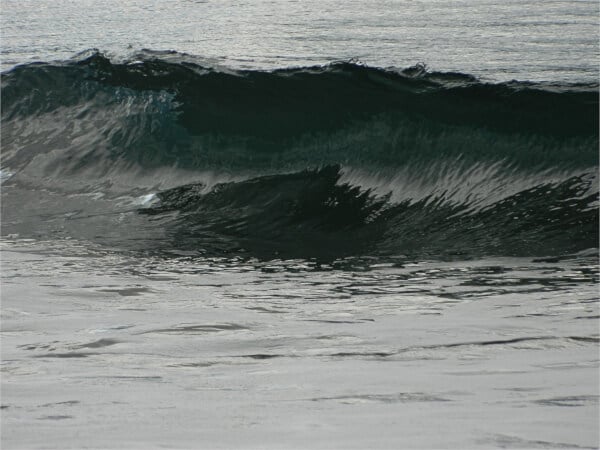Impacts of Tidal Power as a Complement to Solar, Wind
The use of tidal power as a renewable energy source has been increasing. A new study considers the impacts of using it to complement solar and wind energy.
Tidal power could play a critical role in achieving energy security and fulfilling clean energy ambitions, according to a new study.

Energy produced from waves. Image used courtesy of Pixabay
The research shows that adding tidal power to a mix of renewable energy sources, including solar and offshore wind farms, is 25% more effective at balancing energy supply with demand than relying on solar and wind alone. The study also suggests that integrating tidal power can significantly reduce the visual impact and the space required for power-generating facilities.
As global demand for clean energy increases, finding more options for renewable energy has become a greater topic of conversation.
Tidal power boasts several benefits compared to solar and wind options. It is less volatile than wind or solar, making the energy supply more predictable. Tidal energy produces drastically more power than wind energy using the same rotor speed and turbine length. Tidal is also praised for its lack of visual impact as it operates underwater.
The research study, led by Dr. Danny Coles at the University of Plymouth in partnership with the University of Edinburgh, the European Marine Energy Center, Hydrowing Ltd, and Perpetuus Tidal Energy Center, focused on the Isle of Wight.
The Isle of Wight is small, about 150 square miles, off the southern coast of the United Kingdom. The island has previously decided to achieve net-zero emissions by 2040 by increasing its renewable energy generation.

The Isle of Wight (circled in red) sits off the southern coast of the UK, about 90 miles southwest of London. Image used courtesy of Google Maps
The island relies on a gas-fired power station with 80 MW of solar power capacity. In 2015, plans for a nearby offshore wind farm were refused due to anticipated visual impact along the coast. However, researchers believe the tidal stream potential around the Isle of Wight has yet to be fully explored.
To assist the island in reaching its goals, researchers customized a model that considered how to best address balancing supply and demand needs, the total cost of the energy system, and location options for renewable energy projects.
The final model suggested installing 150 MW of solar power, 150 MW of offshore wind, and 120 MW of tidal power capacity. This combination maximized supply-demand balancing and the potential of maximum power surplus. These capacities increased system performance by 25% compared to the best-performing solar and wind systems.
Dr. Coles has said that tidal power provides a reliable complement to the variability of wind and solar. Tides are present all year round, making them a promising investment for renewable energy development.
The research also found that using tidal power could reduce the space required for power-generation facilities by around 33%. Tidal power generators operate mostly underwater and will have significantly less visual impact than solar panels or wind turbines.
Additionally, tidal power adoption could minimize the magnitude of maximum power shortages by 11% and surpluses by 24%, both annual numbers.
The Isle of Wight Council and the Scottish & Southern Electricity Networks are using the study results to assess the extent of work needed for grid updates on the island. A whole-system study building on the research by considering the island’s entire electrical system is being done by the Scotia Gas Network.
Tidal energy technology is growing in popularity but remains slow to develop. While a promising advancement for the future of renewable energy, there is concern about the effect the technology‒large underwater structures with attached power cables‒will have on the environment. Further development of this technology should minimize environmental impacts caused by the design and operation.






